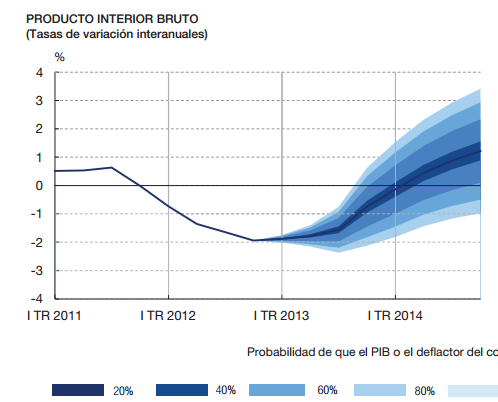This page contains a tool I developed while trying to better understand how incomes are distributed among the different European countries.
Last update: EUROSTAT 2012 data.
Income definitions: Figures are in monetary terms, in EUROS, are are net values after taxes. (See also: Metadata, more definitions)
1. Distribution of incomes
The following graph represents, in its vertical axis, how many people receive the incomes corresponding to the horizontal axis.
2. Medians for all states
The median is a robust statistic that represents the income value such that 50% of all people are above and 50% are below that quantity.
3. Most common income for all states
The value of the most frequent or common income.
4. Ratio 80/20 over time
An indication of economic inequality. It is computed as the ratio or fraction of the incomes that is above the 80% of all, divided by the salary that is only above 20% of all. The larger its value, the greater the inequality.
5. Ratio 90/10 over time
An indication of economic inequality. It is computed as the ratio or fraction of the incomes that is above the 90% of all, divided by the salary that is only above 10% of all. The larger its value, the greater the inequality.
6. Ratio 95/5 over time
An indication of economic inequality. It is computed as the ratio or fraction of the incomes that is above the 95% of all, divided by the salary that is only above 5% of all. The larger its value, the greater the inequality.
7. Ratio 80% / 20% for all states
An indication of economic inequality. It is computed as the ratio or fraction of the incomes that is above the 80% of all, divided by the salary that is only above 20% of all. The larger its value, the greater the inequality.
8. Ratio 90% / 10% for all states
An indication of economic inequality. It is computed as the ratio or fraction of the incomes that is above the 90% of all, divided by the salary that is only above 10% of all. The larger its value, the greater the inequality.
9. Ratio 95% / 5% for all states
An indication of economic inequality. It is computed as the ratio or fraction of the incomes that is above the 95% of all, divided by the salary that is only above 5% of all. The larger its value, the greater the inequality.
10. Medians over time
The median of incomes, over years.
Source: EUROSTAT







